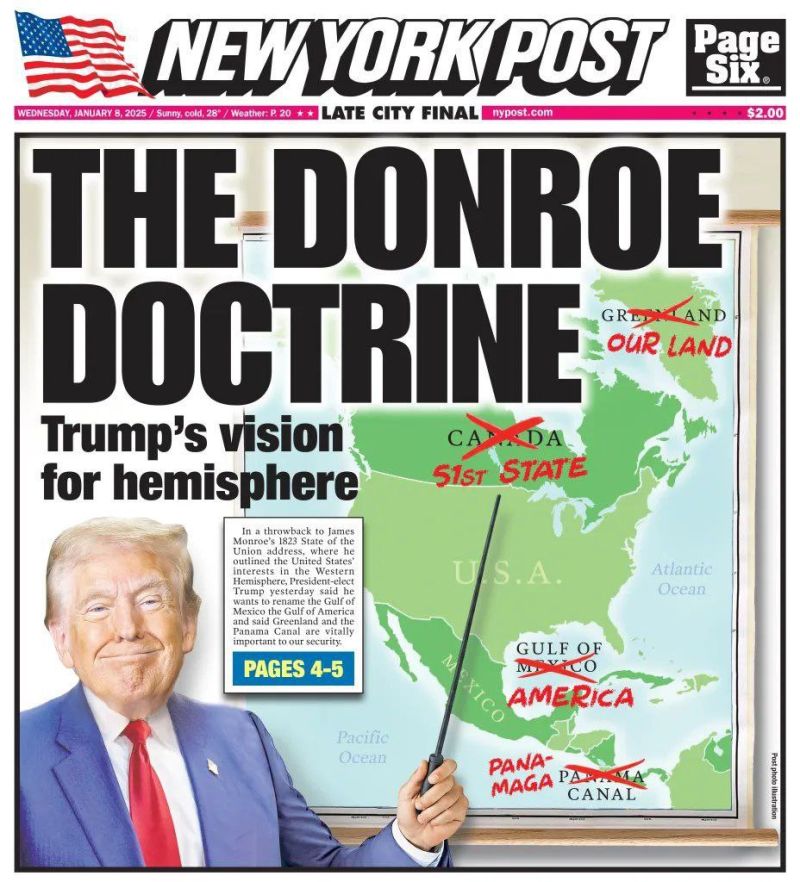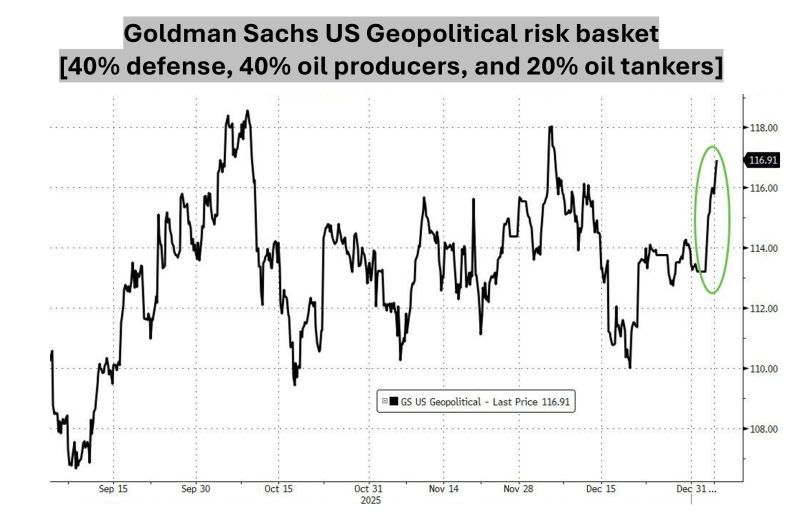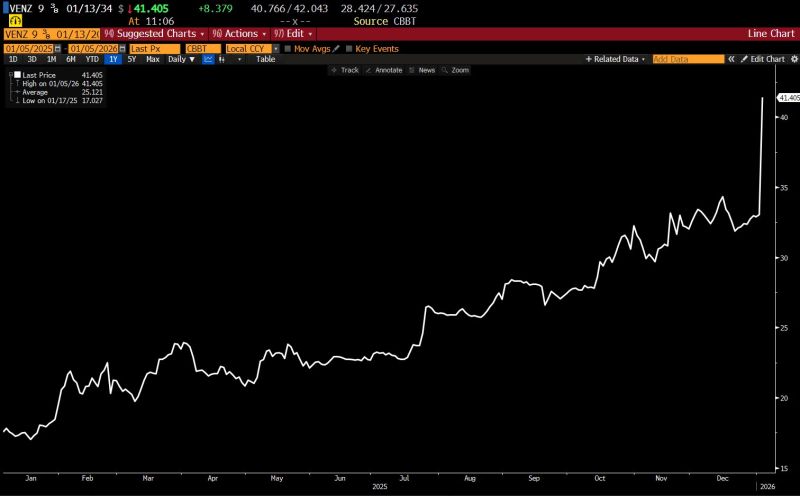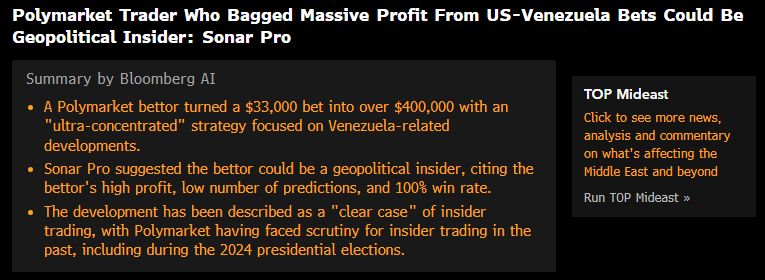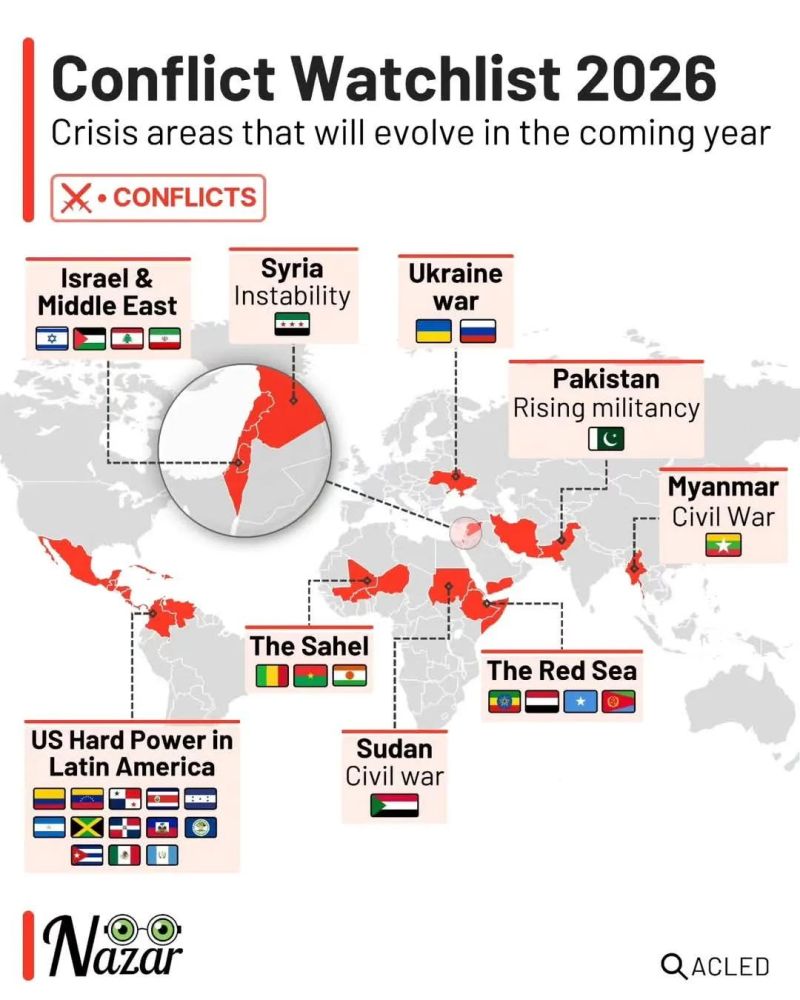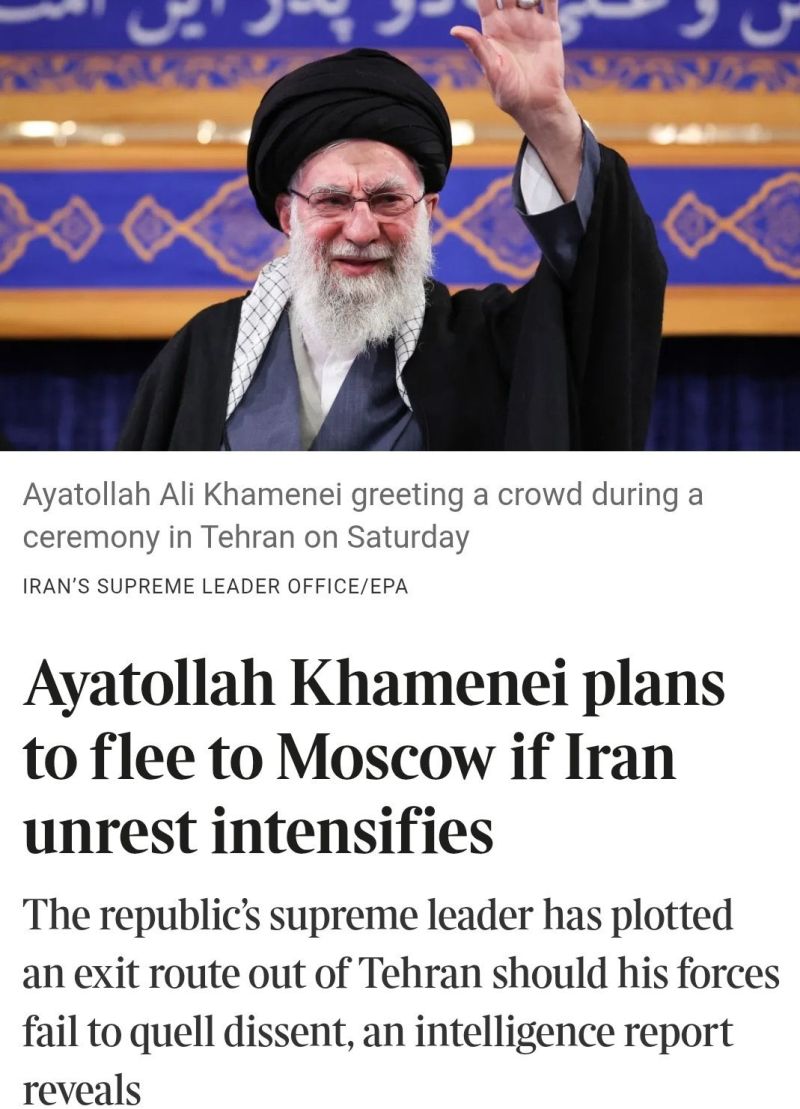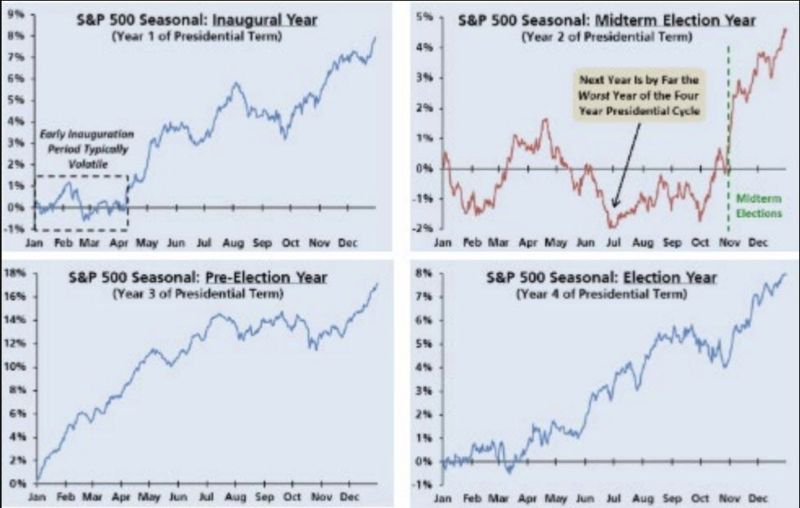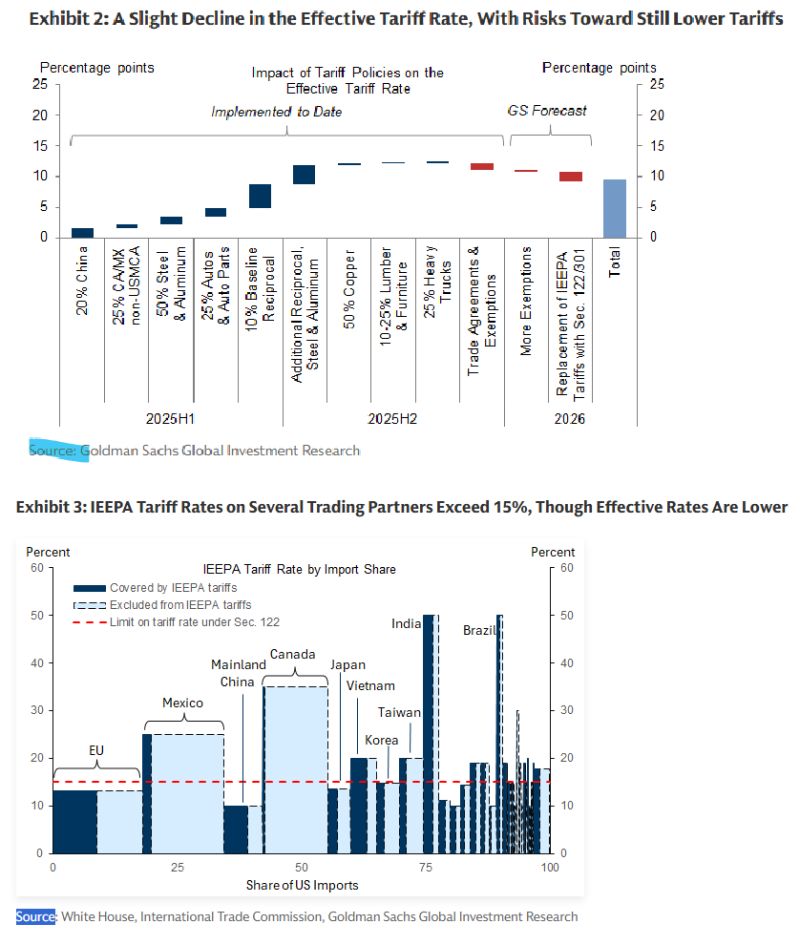Straight from the Desk
Syz the moment
Live feeds, charts, breaking stories, all day long.
- All
- equities
- United States
- Macroeconomics
- Food for Thoughts
- markets
- Central banks
- Fixed Income
- bitcoin
- Asia
- europe
- investing
- technical analysis
- geopolitics
- gold
- Crypto
- AI
- Commodities
- Technology
- nvidia
- ETF
- earnings
- Forex
- china
- Real Estate
- banking
- oil
- Volatility
- energy
- magnificent-7
- apple
- Alternatives
- emerging-markets
- switzerland
- tesla
- United Kingdom
- Middle East
- assetmanagement
- amazon
- russia
- ethereum
- microsoft
- ESG
- meta
- Industrial-production
- bankruptcy
- Healthcare
- Turkey
- Global Markets Outlook
- africa
- Market Outlook
- brics
- performance
The Donroe doctrine explained
In geopolitical terms, the concept of the Western Hemisphere vs. the Eastern Hemisphere is a framework that divides the world into two distinct spheres of influence. Historically, this served to separate the "New World" (the Americas) from the "Old World" (Europe, Asia, and Africa). Under President Trump’s 2nd administration, this concept has been revitalized through a policy often referred to as the "Trump Corollary" to the Monroe Doctrine. This strategy shifts the focus of U.S. foreign policy away from global commitments in the East (like NATO or the Indo-Pacific) to assert absolute "preeminence" in the West. 1. The Hemispheric Divide The Eastern Hemisphere: Often framed by this administration as a region of "civilizational erasure" and competition. Trump’s strategy suggests that Eastern powers—specifically China and Russia—should stay out of American affairs, while the U.S. simultaneously reduces its traditional role as the "policeman" of Europe and the Middle East. The Western Hemisphere: Framed as the US "neighborhood" or "home turf." The goal is to create a "fortress" in the Americas where the U.S. exercises unchallenged control over security, trade, and resources. 2. The Monroe Doctrine: Colonial vs. Defensive The Monroe Doctrine (1823) originally stated that any intervention by European powers in the politics of the Americas was a potentially hostile act against the U.S. and notably to prevent European monarchs from recolonizing newly independent Latin American nations. Critics argue the doctrine was always a "colonial" tool because it didn't grant Latin American nations true sovereignty; it simply replaced European masters with American ones. 3. The "Trump Corollary" (Monroe 2.0 or Donroe doctrine) The 2025 National Security Strategy (NSS) explicitly introduced the Trump Corollary. It links the 19th-century doctrine to modern "America First" goals in several ways: - Resource and Asset Control: The U.S. now claims the right to deny "non-hemispheric competitors" (China) the ability to own "strategically vital assets" in the Americas, such as ports, mines, or 5G networks. - Militarized Border & Migration: The Western Hemisphere is prioritized as the "main line of defense." Trump has used this framework to justify military operations in the Caribbean and near the Mexican border to stop migration and drug trafficking, treating these as "invasions." - Regime Change & Sovereignty: The recent 2026 military action in Venezuela to remove Nicolás Maduro is the most direct application of this doctrine. It sends the message that the U.S. will manage the affairs of the hemisphere and will not tolerate "hostile" regimes aligned with Eastern powers. - Territorial Expansion: Informal discussions about Greenland or "annexing" parts of Canada are viewed by some as an extreme, modern extension of the "the Monroe Doctrine.
How to go long geopolitical risk...
Goldman's US Geopolitical Risk basket (composed of US-listed equities that are sensitive to geopolitical risk, diversified across 40% defense, 40% oil producers, and 20% oil tankers) has surged to start 2026... Source: zerohedge, Bloomberg
Bonds - not oil - were the play... Venezuela debt has doubled in the last 6 months.
Source: The Long View @HayekAndKeynes
A new type of insider... the geopolitical insiders...
One of them bet $33k through Polymarkets on Venezuela-related developments and turned into $400k. It has been described as a "clear case" of insider trading. Source: Bloomberg
Ayatollah Khamenei plans to flee to Moscow if Iran unrest intensifies
The report says the plan is limited to a tight inner circle with assets already positioned abroad and is modeled in part on Bashar al-Assad’s escape to Russia. It reflects growing concern over Khamenei’s health, his isolation during recent protests, and fears that economic strain and public anger could fracture loyalty inside the security apparatus. Source: Open Source Intel @Osint613
The midterm election year is without question the worst year in the four-year election cycle.
Source: Connor Bates
The most important Supreme Court decision you haven’t heard about is coming in January ⚖️
And it could trigger a massive downside risk to current tariff rates. 📉 Goldman’s latest insight suggests the "tariff era" as we know it is about to hit a major legal wall. Here is the breakdown: The Core Issue: The Supreme Court is currently reviewing the IEEPA (International Emergency Economic Powers Act). This is the "emergency" authority used to hike tariffs this year. The Likely Verdict: Oral arguments suggest a majority of Justices believe the administration exceeded its authority. What happens next? 1. The "Big Reset": If the court rules against all IEEPA tariffs, it wipes out 7.5 percentage points of the 11.4pp increase we’ve seen this year. That is a massive shift for global trade. 2. The "Specific" Limit: The court might allow tariffs for specific emergencies, but kill the idea of broad "reciprocal" tariffs. The Bottom Line: The risk to tariff rates is firmly to the downside. Even if the administration pivots to "Section 122" as a backup, rates would likely be capped at 15%. The result? A potential 1.6pp drop in the effective tariff rate almost overnight. So keep an eye on the SCOTUS docket. But let's also keep in mind that Trump administration have already prepared to retaliate. Tariffs are more about the HOW they will be implemented rather than the IF Source: Neil Sheti, Goldman
Investing with intelligence
Our latest research, commentary and market outlooks


